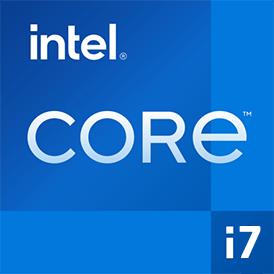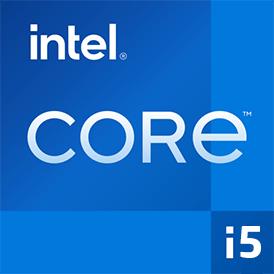 Estimated results for PassMark CPU Mark
Estimated results for PassMark CPU Mark
|
|
Intel Core i7-10700K
8C 16T @ 3.8 GHz
|
19094
|
|
|
Intel Core i5-11600T
6C 12T @ 1.7 GHz
|
13879
|
 Geekbench 5, 64bit (Multi-Core)
Geekbench 5, 64bit (Multi-Core)
|
|
Intel Core i7-10700K
8C 16T @ 3.8 GHz
|
9268
|
|
|
Intel Core i5-11600T
6C 12T @ 1.7 GHz
|
6127
|
 Geekbench 6 (Multi-Core)
Geekbench 6 (Multi-Core)
|
|
Intel Core i7-10700K
8C 16T @ 3.8 GHz
|
8629
|
|
|
Intel Core i5-11600T
6C 12T @ 1.7 GHz
|
6455
|
 Geekbench 6 (Single-Core)
Geekbench 6 (Single-Core)
|
|
Intel Core i5-11600T
6C 12T @ 1.7 GHz
|
1856
|
|
|
Intel Core i7-10700K
8C 16T @ 3.8 GHz
|
1636
|
 Geekbench 5, 64bit (Single-Core)
Geekbench 5, 64bit (Single-Core)
|
|
Intel Core i7-10700K
8C 16T @ 3.8 GHz
|
1347
|
|
|
Intel Core i5-11600T
6C 12T @ 1.7 GHz
|
1326
|

